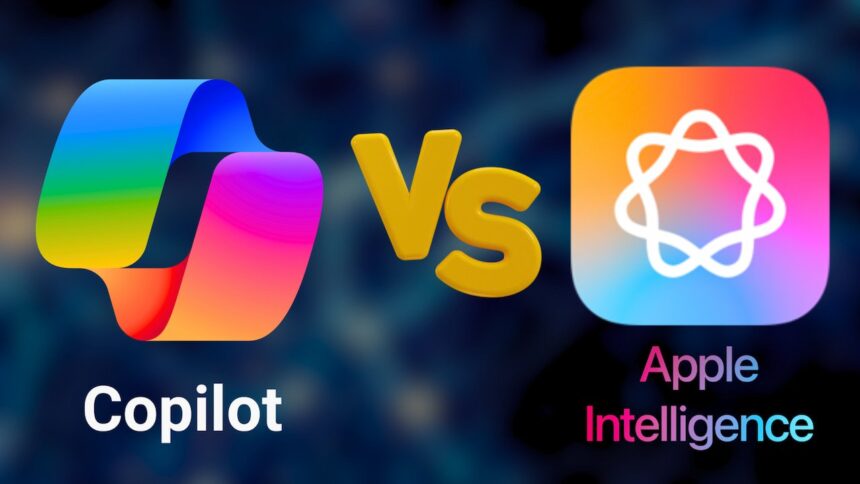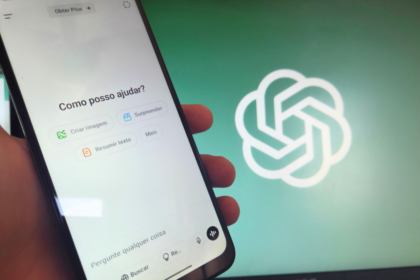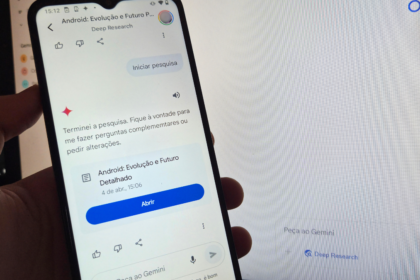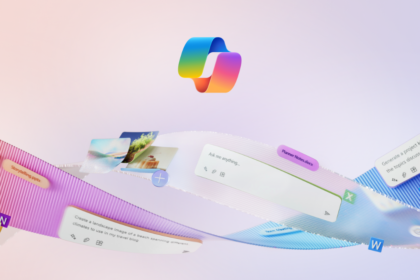In recent years, we’ve witnessed significant advancements in consumer Artificial Intelligence (AI), making it accessible and highly useful in various areas such as personal life, entertainment, studies, and work. This surge in AI development has spurred intense competition among major tech companies to create the best AI tools, with Microsoft introducing Copilot and Apple launching its own AI tool, Apple Intelligence.
Given the emergence of Apple Intelligence, it’s natural to compare it with existing tools, especially Microsoft’s popular Copilot. In this comparison, we will provide you with all the essential information you need to understand the differences and capabilities of Microsoft Copilot and Apple Intelligence.
What is Microsoft Copilot, and how does it work?
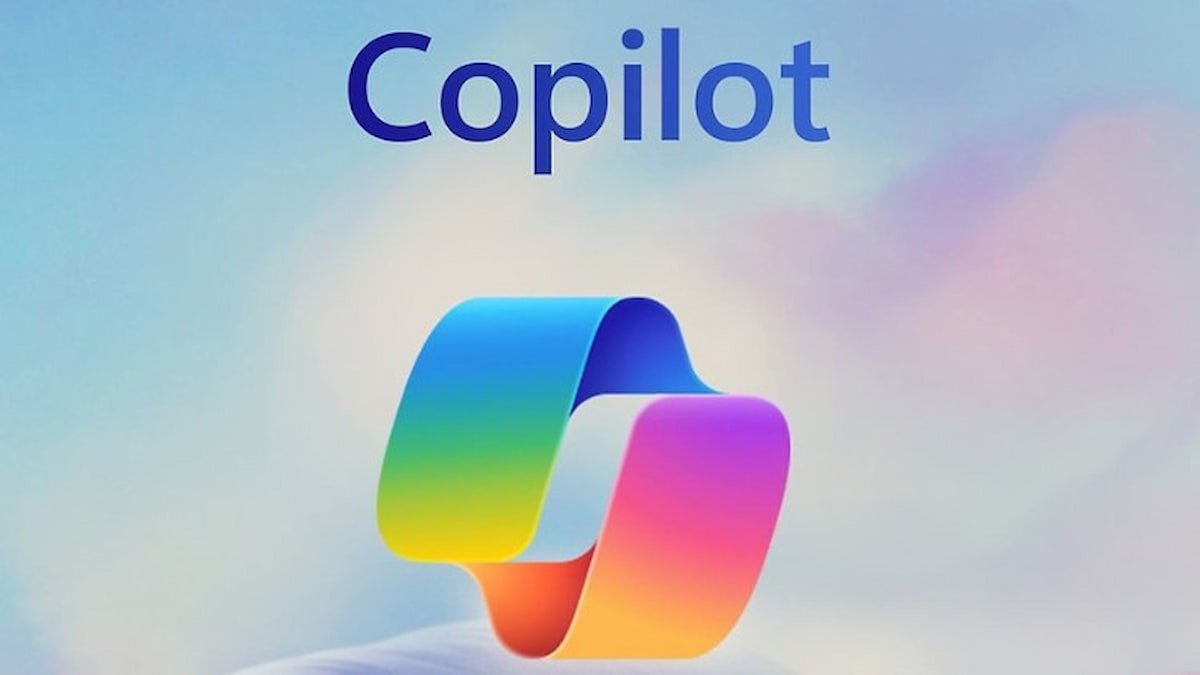
To start, let’s look at Microsoft Copilot. Copilot is Microsoft’s entry into the competitive AI landscape, designed to seamlessly integrate with the company’s various services and applications to enhance productivity and efficiency.
Essentially, Copilot acts as an intelligent assistant, streamlining the performance of various tasks. It leverages large language models (LLM) and organizational data to function.
The capabilities of Copilot vary depending on the application with which it is integrated. For example, it can be found in Office programs, Teams, and even the Edge browser.
Copilot uses a Large Language Model (LLM) and organizational data. This means its AI algorithms are trained on vast amounts of code and text to understand natural language and respond in a human-like manner.
Microsoft’s commitment to integrating AI is evident with the introduction of the new Copilot PCs. These laptops are designed to be more innovative, incorporating all AI functions and featuring a dedicated key for easy access to Copilot’s capabilities.
What is Apple Intelligent, and how does it work?
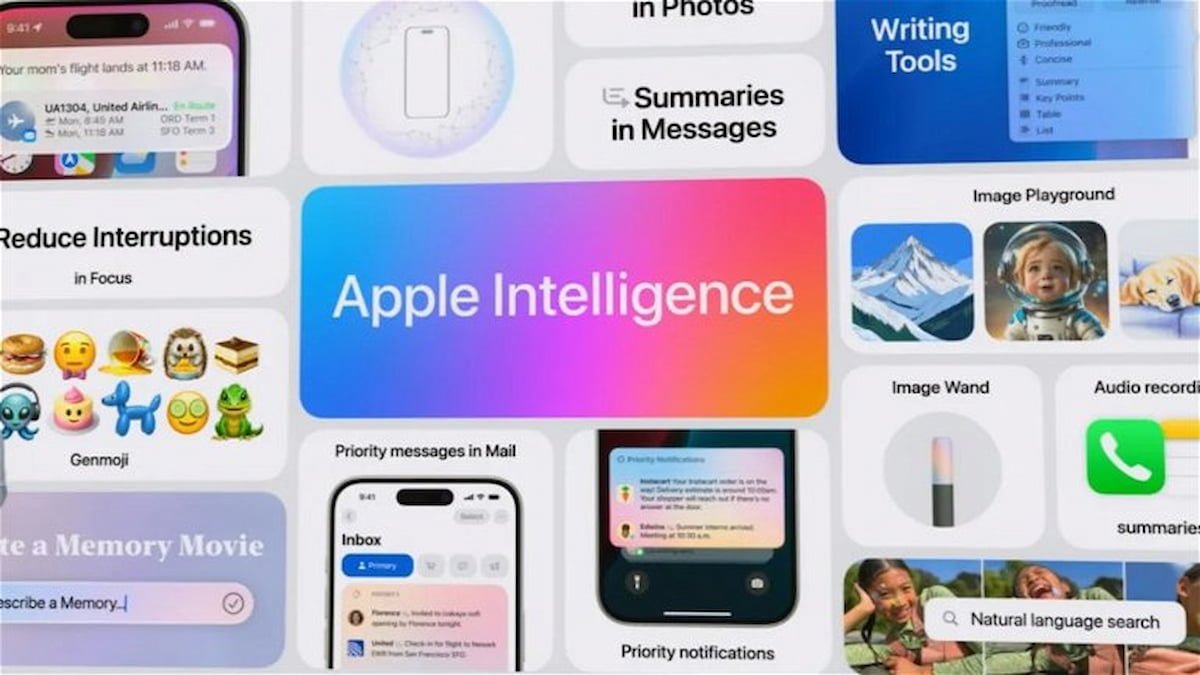
Regarding Apple Intelligence, it is essential to understand that it is not a single service or product but a collection of AI technologies integrated into various Apple operating systems, such as macOS, watchOS, iPadOS, and iOS. The goal is to enhance user experience across all Apple devices.
Apple Intelligence leverages the power of Apple’s processors, like the M1 or the A17 Bionic, which include specialized neural processors. This enables devices to perform necessary tasks efficiently and locally without an internet connection.
Apple Intelligence is embedded in many of the company’s applications and services. For instance, Siri, Apple’s virtual assistant, is now smarter and more capable thanks to these AI technologies. Additionally, the Photos app benefits from enhanced features driven by Apple Intelligence.
In summary, Apple Intelligence comprises a suite of AI technologies designed to improve and enhance the functionality of Apple products, making them smarter and more efficient. OpenAI will use Microsoft Azure to execute some Apple Intelligence functions, indicating a collaboration between these tech giants.
Most important differences between Microsoft Copilot and Apple Intelligence
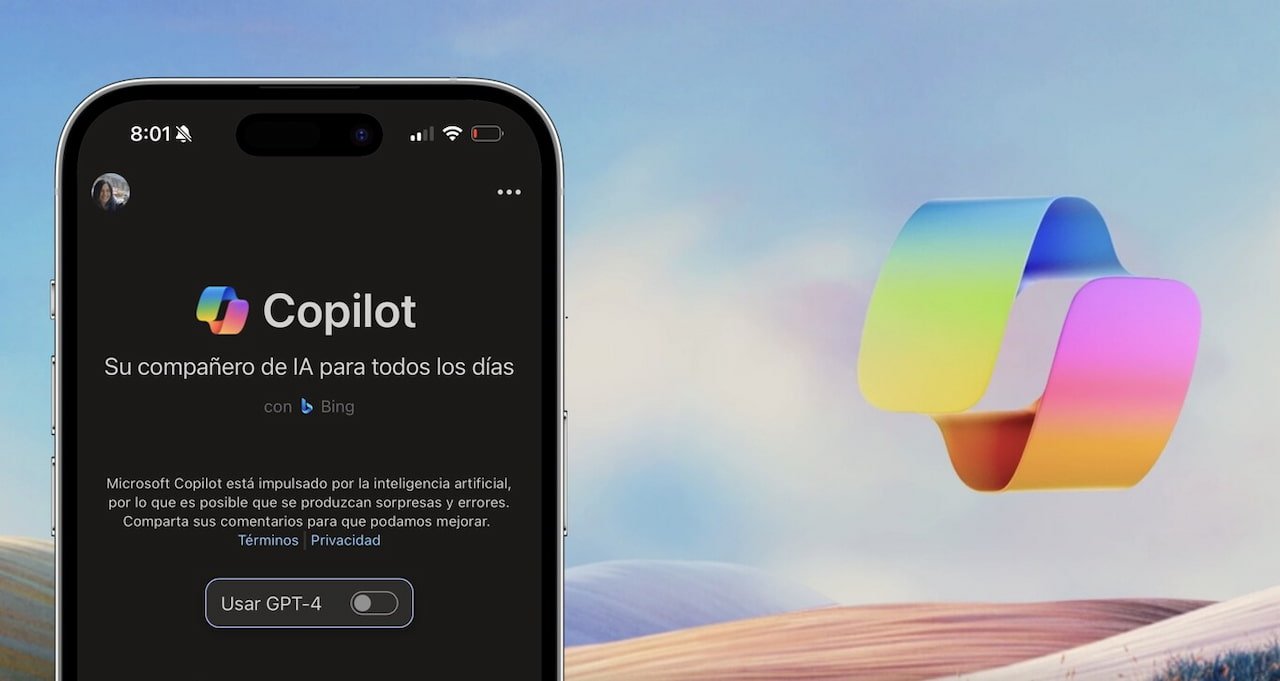
It’s important to highlight that while Microsoft Copilot and Apple Intelligence heavily rely on Artificial Intelligence, they have distinctly different approaches and purposes.
Firstly, their market focuses are quite different. Apple Intelligence targets end consumers, aiming to provide personalized support for Apple users. In contrast, Microsoft Copilot is tailored for professionals and businesses, integrating with various applications to boost productivity and efficiency.
When it comes to security and privacy, the differences are notable. Apple prioritizes user privacy by ensuring all data processing and AI usage occur locally on the device. Meanwhile, Microsoft utilizes its cloud platform, Azure, for data integration, which involves a different data handling approach.
The scope of application is another significant distinction. Apple Intelligence is geared towards offering personalized user experiences and enhancing Siri, the voice assistant’s capabilities. On the other hand, Copilot is more focused on business-level applications like automation, data analysis, and decision-making support.
Additionally, Apple Intelligence is exclusive to Apple devices, whereas Copilot is available on Windows computers, mobile phones, and even macOS, offering broader device compatibility.
These differences underscore that Apple Intelligence and Microsoft Copilot cater to distinct target audiences. Although recently introduced, Apple Intelligence currently supports only English, with plans to expand to Spanish and other languages by 2025.
It’s fascinating to witness the growing array of AI-powered solutions designed to enhance user experiences across various domains. Whether for personal use with Apple Intelligence or professional use with Copilot, users can choose the solution that best meets their needs. Other AI offerings, like Google’s Gemini, further enrich this diverse landscape, ensuring that users have multiple options to explore and utilize.

